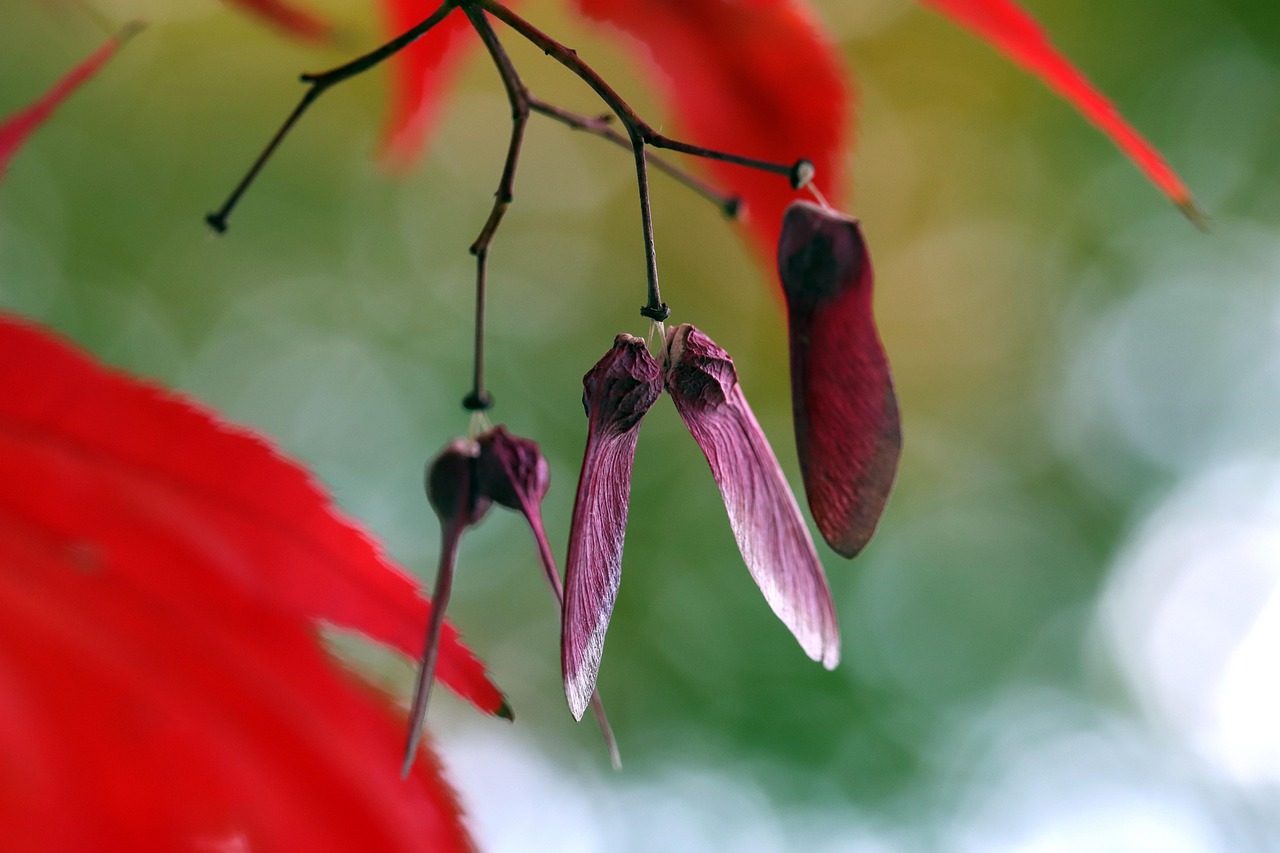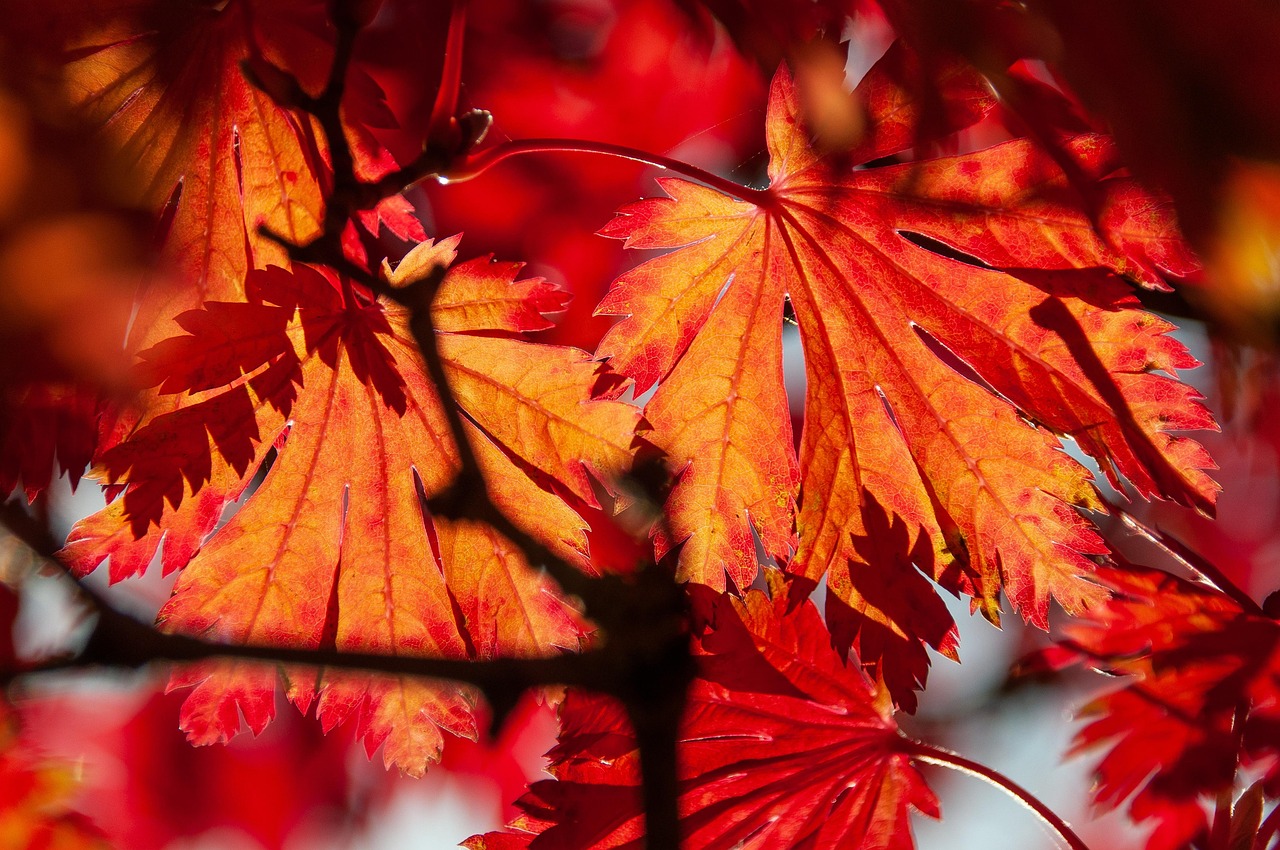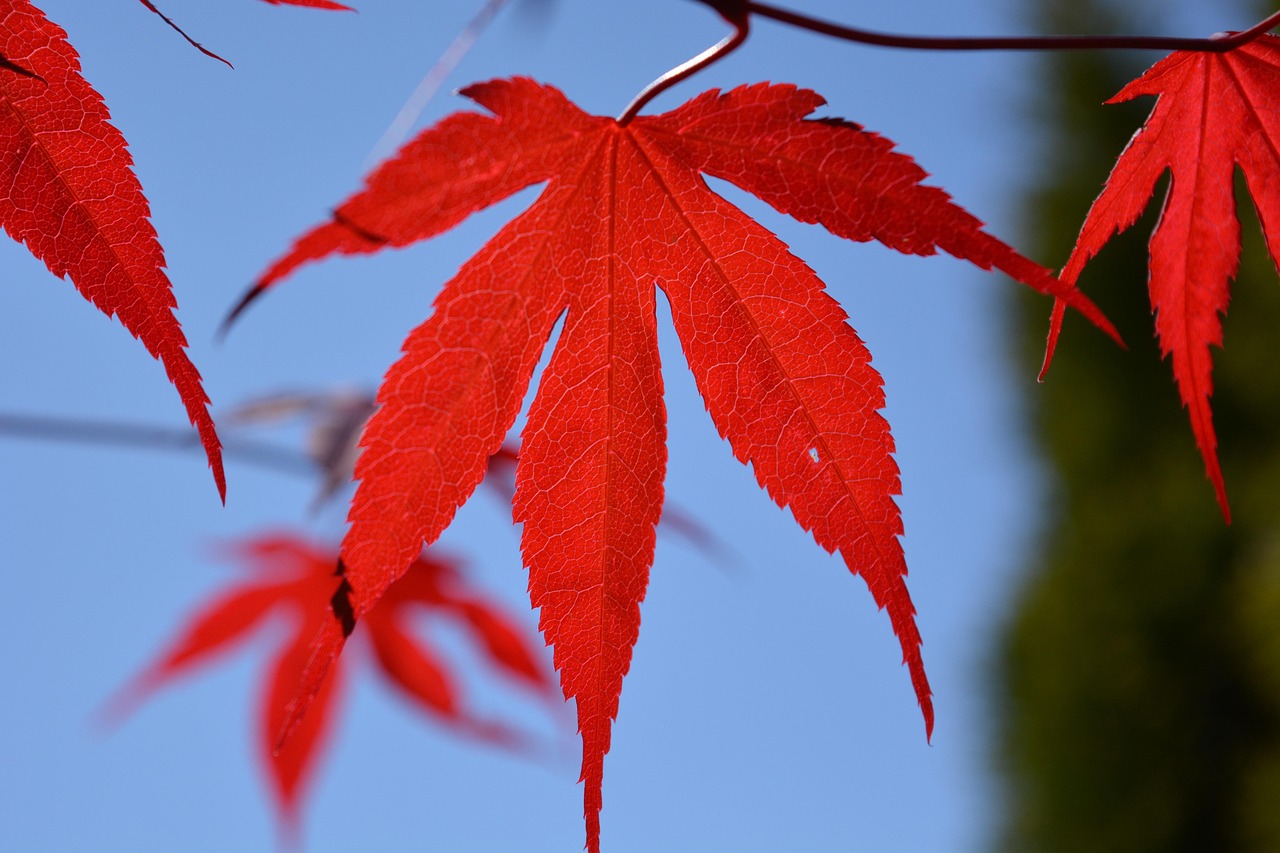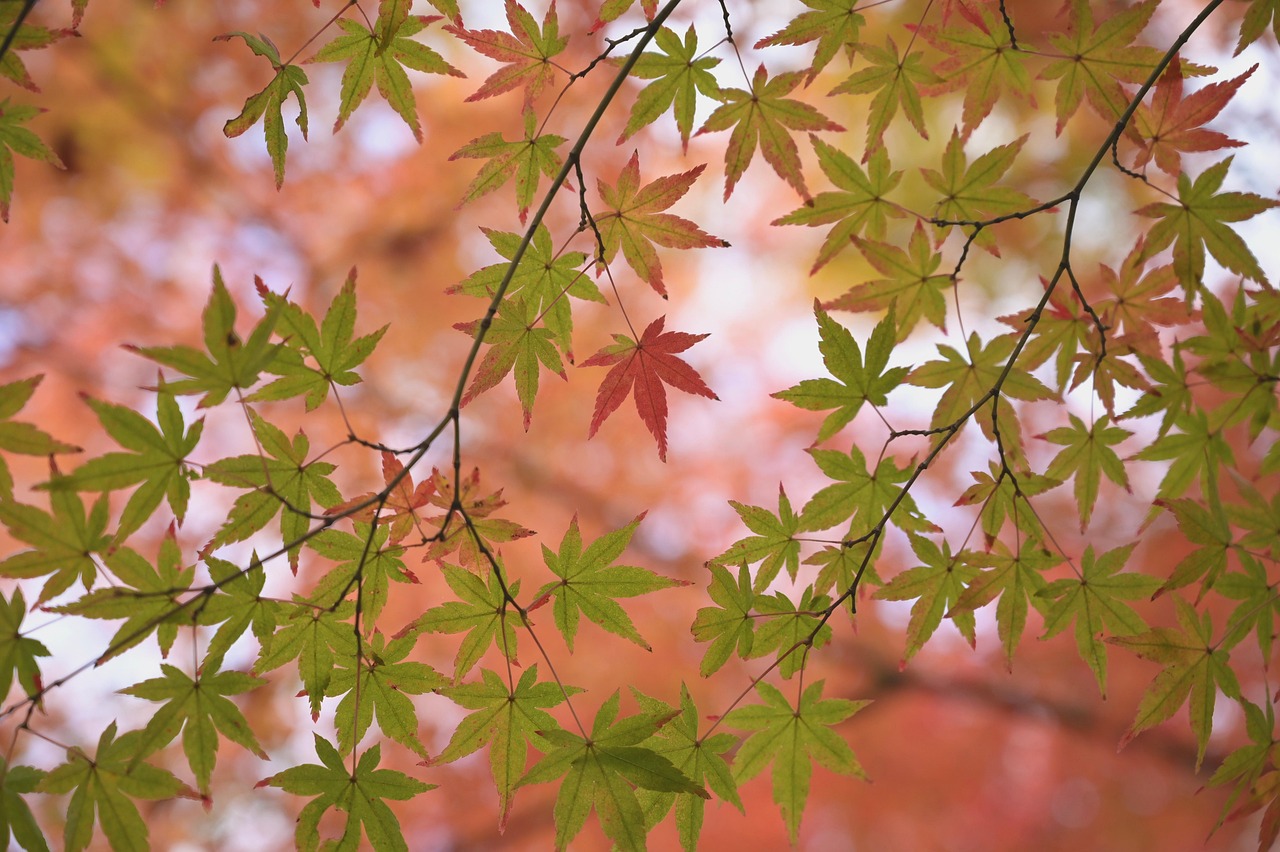The sugar maple tree (Acer saccharum) typically has a growth rate of about 13 to 24 inches per year under optimal conditions. This growth rate is crucial for syrup production, as trees need to reach a certain size before they can be tapped.
Understanding Sugar Maple Trees
Sugar maple trees are renowned for their vibrant fall colors and their sap, which is harvested to produce maple syrup. These trees thrive in well-drained soils and are commonly found in the northeastern United States and parts of Canada. The sap from sugar maples is especially high in sugar content, making them the preferred species for syrup production.

The growth rate of sugar maples can vary based on several factors, including soil quality, climate, and competition from other plants. A healthy sugar maple tree can live for several decades, with some specimens reaching ages of over 200 years. However, it generally takes about 30 to 40 years for a sugar maple to mature enough to be tapped for syrup production.
Factors Influencing Growth Rate
Several key factors influence the growth rate of sugar maple trees, including:
- Soil Quality: Sugar maples prefer loamy, well-draining soils that are rich in organic matter.
- Climate: These trees thrive in regions with cold winters and warm summers, which are ideal for sap production.
- Sunlight: Full sunlight helps boost the growth rate. Trees in shaded areas may not grow as quickly.
- Water Availability: Adequate rainfall and moisture are essential for healthy tree growth.
- Pest and Disease Management: Healthy trees free from pests and diseases will grow more vigorously.
The Importance of Tapping Age
Tapping a sugar maple tree too early can hinder its growth and sap production potential. Generally, trees should be at least 10 to 12 inches in diameter before they can be tapped. This usually corresponds to an age of around 30 years. Tapping younger trees can lead to reduced growth rates and may even harm the tree’s long-term health.

Growth Rate Comparison
To provide a clearer perspective on the growth rates of sugar maples compared to other tree species commonly used for syrup production, the following table outlines their average growth rates:
| Tree Species | Average Growth Rate (inches/year) | Age to Maturity for Tapping (years) |
|---|---|---|
| Sugar Maple | 13 – 24 | 30 – 40 |
| Red Maple | 24 – 36 | 20 – 30 |
| Silver Maple | 36 – 48 | 15 – 25 |
| Black Walnut | 24 – 36 | 40 – 60 |
This table illustrates that while sugar maples have a moderate growth rate compared to other trees, they take longer to reach maturity. Their longevity and the quality of sap they produce make them a preferred choice for syrup production, despite the longer wait times.
The Lifecycle of Sugar Maple Trees
The lifecycle of a sugar maple tree is an essential consideration for syrup producers. From seed germination to full maturity, understanding the various stages of growth helps in managing and caring for these trees effectively.

Sugar maples begin their life cycle as seeds that fall during autumn. These seeds require a period of cold stratification before they can germinate in spring. Once germinated, young saplings grow slowly at first but gain momentum as they mature. The first few years are critical as they establish roots and develop resistance to environmental stressors.
As they grow, it is vital to monitor their health and provide necessary care. Proper spacing between trees allows for adequate sunlight and reduces competition for resources.
Optimal Conditions for Growth
For sugar maple trees to thrive, specific environmental conditions must be met. Understanding these optimal conditions can aid syrup producers in cultivating healthy trees that produce high-quality sap.
Soil Characteristics
As mentioned previously, the quality of soil plays a significant role in the growth rate of sugar maples. Ideal soil characteristics include:

- pH Level: Sugar maples prefer slightly acidic soils with a pH between 6.0 and 7.0.
- Nutrient Content: Soils rich in potassium, calcium, and magnesium support vigorous growth.
- Drainage: Well-drained soils help prevent root rot and promote healthy root development.
Climate Considerations
The climate in which sugar maples grow significantly influences their growth rate. Key factors include:
- Temperature: Sugar maples flourish in regions with cold winters and warm summers. Winter temperatures should drop below freezing to encourage sap flow during sugaring season.
- Rainfall: Regular rainfall is vital, especially during the growing season. Adequate moisture supports healthy leaf development and sap production.
- Sunlight Exposure: Full sunlight for at least six hours a day enhances the tree’s growth and sap production.
Pest and Disease Management
Maintaining the health of sugar maple trees involves careful monitoring for pests and diseases. An unhealthy tree will not grow optimally nor produce quality sap. Some common pests include:
- Sap-Sucking Insects: Aphids and scale insects can weaken trees by sucking sap.
- Wood-Boring Insects: These pests can damage the tree’s structural integrity, leading to decline.
- Leaf Spot Diseases: Fungal diseases can affect leaves, reducing photosynthesis and overall health.
A proactive approach to pest management involves regular inspections and treatments when necessary. Organic solutions, such as neem oil or insecticidal soaps, can be effective while being less harmful to beneficial insects.
Watering and Fertilization
Proper watering and fertilization practices are essential for promoting growth in sugar maple trees. Here are some best practices:
Watering Practices
Sugar maples require consistent moisture, especially during dry spells. Consider the following tips for effective watering:
- Deep Watering: Water deeply less frequently rather than shallowly every day. This encourages deep root growth.
- Soil Moisture Check: Monitor soil moisture levels regularly, especially during the growing season.
- Drip Irrigation: Consider using drip irrigation systems to provide consistent moisture without oversaturating the soil.
Fertilization Guidelines
The right fertilization can enhance growth rates significantly. Use the following guidelines for fertilizing sugar maples:
- Soil Testing: Conduct soil tests to determine nutrient deficiencies before applying fertilizers.
- Balanced Fertilizers: Choose a balanced fertilizer (e.g., 10-10-10) to provide essential nutrients.
- Timing: Apply fertilizers in early spring before leaf emergence for optimal absorption.
Tapping Techniques and Timing
The process of tapping sugar maples for syrup production requires careful timing and technique to ensure tree health. Proper tapping not only affects sap yield but also the longevity of the tree.
Optimal Tapping Season
The ideal time for tapping sugar maple trees occurs during the late winter to early spring months when daytime temperatures rise above freezing while nighttime temperatures drop below freezing. This temperature fluctuation encourages sap flow. Typically, tapping occurs between late February and early April.
Tapping Methods
The methods used for tapping can vary, but some effective techniques include:
- Traditional Spile Tapping: This involves drilling a hole into the tree and inserting a spile (a small tube) to collect sap in buckets.
- Tubing Systems: A more modern approach where tubing connects multiple trees to a central collection point, increasing efficiency.
Regardless of the method chosen, it is crucial to follow best practices to minimize harm to the tree, ensuring that each tap is placed correctly and the number of taps per tree follows recommended guidelines based on diameter.
The health of sugar maple trees directly impacts syrup production. Thus, understanding growth rates and how to optimize conditions is vital for successful syrup harvesting.
Harvesting and Processing Maple Syrup
Once the sap is collected from sugar maple trees, it undergoes a crucial transformation into maple syrup. This process involves various steps that require careful attention to detail to ensure quality and flavor.
Collecting Sap
The collection of sap is the first step in the syrup-making process. Depending on the tapping method chosen, here are the typical procedures:
- Bucket Collection: If using traditional spile tapping, sap is collected in buckets hung on each tree. This method requires regular monitoring and collection to prevent overflow.
- Tubing Systems: In tubing systems, sap flows through tubes into a central storage tank. This method reduces the labor required and minimizes sap exposure to contaminants.
Storage of Sap
Once collected, sap must be stored properly to maintain its freshness. Important considerations include:
- Temperature Control: Sap should be kept cool, ideally below 40°F, to prevent spoilage. If temperatures rise, bacteria can grow rapidly.
- Storage Duration: Sap is best used within a few days of collection. If longer storage is necessary, consider freezing it.
Evaporation Process
The next critical step in syrup production is the evaporation of water from the sap. This process is essential for concentrating the sugars in the sap to create syrup.
Evaporator Types
Various types of evaporators can be used, each with its advantages. The most common include:
- Flat Pan Evaporators: These are traditional and relatively simple to use. They consist of a large flat pan heated from below, allowing water to evaporate as the sap thickens.
- Tube Evaporators: These are more modern and efficient. They utilize tubes that allow sap to flow continuously while being heated, speeding up evaporation time.
Monitoring the Boiling Process
During evaporation, it is crucial to monitor several factors:
- Temperature: The boiling point of sap is typically around 219°F. As it reaches this temperature, sap should be closely watched to prevent overboiling.
- Syrup Density: Use a hydrometer or refractometer to check the density of the syrup. When it reaches 66% sugar content, it is ready for filtering.
Filtering Syrup
After evaporation, filtering is necessary to remove impurities and sediment that may have formed during boiling. This step ensures a clear and high-quality final product.
Filtering Methods
Common filtering methods include:
- Cotton Filter Bags: These are used to remove larger particles from syrup after boiling.
- Press Filters: A press filter can provide a more thorough filtration process to produce exceptionally clear syrup.
Syrup Grading
Syrup can be graded based on color, flavor, and density. Understanding syrup grading helps producers market their products effectively. The main grades include:
| Grade | Description | Color |
|---|---|---|
| Golden Color & Delicate Taste | Light syrup with a mild flavor, ideal for pancakes and waffles. | Light golden |
| A Amber Color & Rich Taste | A well-balanced flavor suitable for various uses. | Amber |
| B Dark Color & Robust Taste | A stronger flavor, often used for cooking and baking. | Dark brown |
| C Very Dark Color & Strong Taste | A bold flavor often used in recipes where syrup is an ingredient. | Very dark brown |
Bottling and Storage of Syrup
Once filtered and graded, syrup must be bottled carefully to preserve its quality. Proper bottling techniques are essential for maintaining taste and preventing spoilage.
Bottling Techniques
Syrup must be bottled while still hot (above 180°F) to ensure a proper seal. Here are some key points for bottling:
- Cleansing Bottles: Ensure that all bottles are thoroughly cleaned and sterilized before use.
- Airtight Sealing: Use caps or lids that create an airtight seal to prevent air contamination.
- Date Labels: Label bottles with the production date for tracking freshness.
Storage Recommendations
Syrup should be stored in a cool, dark place. If opened, it can be refrigerated for longer shelf life. Unopened bottles can last for years if stored correctly.
The entire process from sap collection to syrup bottling is crucial for producing high-quality maple syrup. Careful attention at each step ensures that each batch meets the desired standards of flavor and purity.
Challenges in Sugar Maple Cultivation
While cultivating sugar maple trees for syrup production can be rewarding, producers face several challenges that can impact growth rates and sap yields. Understanding these challenges is crucial for successful management.
Environmental Changes
Climate change poses a significant threat to sugar maple forests. Rising temperatures can alter the sap flow season, leading to shorter sugaring periods. Additionally, fluctuations in precipitation can affect the health of trees and sap production. Producers must adapt their practices to mitigate these environmental changes.
Pests and Diseases
As previously mentioned, pests and diseases can severely impact sugar maple growth and sap yield. Some notable threats include:
- Asian Longhorned Beetle: This invasive species can cause extensive damage by boring into the wood, weakening the tree.
- Maple Wilt: Fungal infections can lead to wilting and death in infected trees, resulting in significant losses for producers.
Soil Degradation
Over time, soil depletion can occur, especially in areas with high maple density. Continuous harvesting of sap without proper soil management can lead to nutrient deficiencies. To combat this, producers should consider:
- Crop Rotation: Implementing crop rotation practices in surrounding areas can enhance soil health.
- Organic Matter Addition: Adding compost or mulch can help restore nutrients and improve soil structure.
Innovations in Maple Syrup Production
The maple syrup industry is evolving with technological advancements and innovative practices aimed at improving yield and efficiency. Here are some promising innovations:
Modern Tapping Techniques
Advancements in tapping technology, such as vacuum systems, allow for increased sap collection. These systems create negative pressure that draws more sap from the tree without damaging it. This innovation helps maximize yields while minimizing stress on individual trees.
Sustainable Practices
Many syrup producers are adopting sustainable practices to ensure the longevity of their sugar maples. These practices include:
- Selective Thinning: Removing weaker trees allows for better resource allocation among healthier trees.
- Integrated Pest Management (IPM): Utilizing biological control methods helps keep pest populations in check without relying heavily on chemicals.
The Economic Impact of Maple Syrup Production
The maple syrup industry contributes significantly to local economies, particularly in regions where sugar maples are abundant. The production of maple syrup provides jobs, supports local businesses, and attracts tourism. Key economic factors include:
Market Demand
The demand for pure maple syrup has been rising globally. Consumers are increasingly seeking natural and organic products, which has led to higher market prices. This trend encourages more producers to enter the market.
Investment Opportunities
With the growing interest in maple syrup production, investment opportunities have expanded. New producers can find funding through grants and loans aimed at supporting agricultural development. Additionally, established producers often invest in equipment upgrades to enhance efficiency and quality.
Final Thoughts
The growth rate of sugar maple trees is a critical factor in successful syrup production. By understanding the lifecycle of these trees, optimal growing conditions, and the entire syrup-making process, producers can maximize yields and ensure sustainability.
As challenges such as climate change and pest management continue to evolve, the maple syrup industry must adapt through innovative practices and sustainable methods. The economic benefits derived from maple syrup production not only support local communities but also foster an appreciation for these beautiful and valuable trees.
In summary, the cultivation of sugar maple trees for syrup production is a multifaceted endeavor that requires knowledge, dedication, and a willingness to adapt. With continued care and innovation, the future of maple syrup production remains bright, promising both delicious syrup and healthy forests for generations to come.
